Nature reports
Category: Plants
Page 5 of 10 - 96 Results
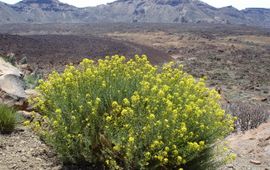
Plants collected more than a century ago are still important to science. Naturalis researchers are using these to construct a family tree of plant life...
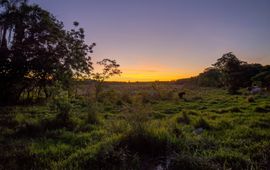
Tropical forests are converted at an alarming rate through deforestation. A new study, published in Science, shows that regrowing tropical forests recover surprisingly fast on abandoned land. ..

During a visit to Aruba, researchers John Janssen and André van Proosdij from Wageningen University & Research, together with Erik Houtepen from Carmabi, discovered three plant species that had never been found before on Aruba,..
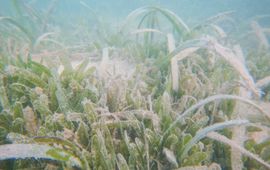
New research from Wageningen University, University of Amsterdam and Florida International University highlighted the role herbivorous fish species play in staving off non-native seagrass invasions. A healthy and diverse fish..
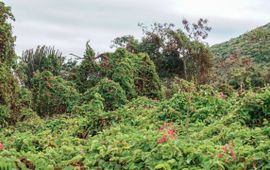
Coralita is an invasive plant species, that rapidly spreads across St. Eustatius. A recently published report highlighted the ability to use satellite imagery to systematically map Coralita’s distribution over the island. The..
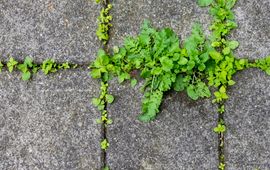
Slowly, urban planners are realizing the importance of plants, micro-organisms and animals in the city soil. In the Netherlands, the city of Amsterdam is leading the way. Their new book BiodiverCITY shows that they mean business...
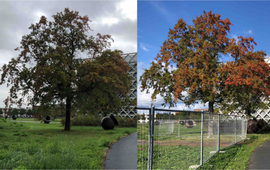
Autumn colours are now gradually appearing in nature. Years of time-lapse videos from the GrowApp show that leaf colouring starts relatively late this year in The Netherlands. Cause: the warm September and the absence of night..
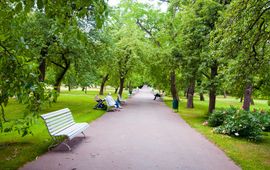
Green spaces are important to our mental health. With urbanisation on the rise, people living in cities have less access to green areas. At the same time, the number of Europeans with mental health issues has increased by sixteen..

Researchers from Naturalis would like to know whether plants quickly adapt to rapidly changing environments, such as urbanization. They use the dandelion as a model for this. Their aim is to find answers to questions such as: is..
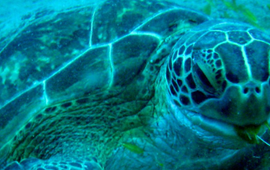
Seagrasses are marine flowering plants that can reproduce both sexually (flowering) and asexually (clones). Sexual reproduction increases genetic diversity, resilience and dispersal success of seagrasses. A recent study discovered..
